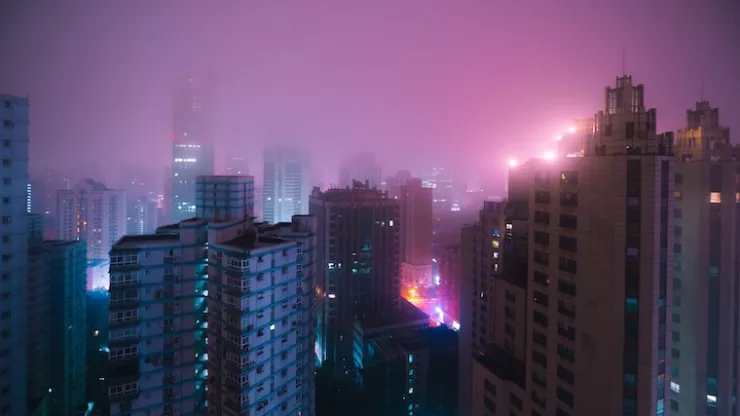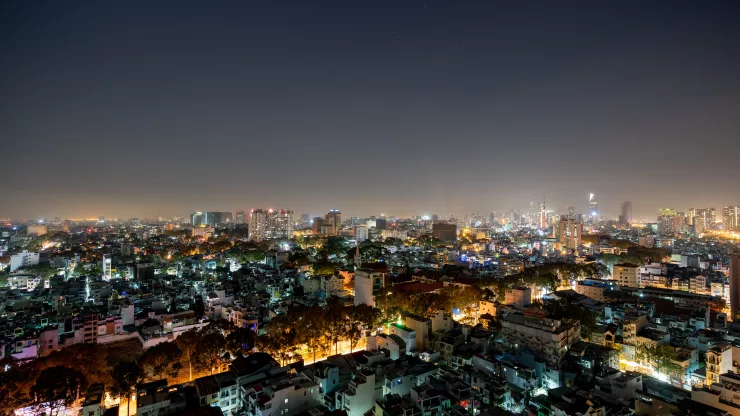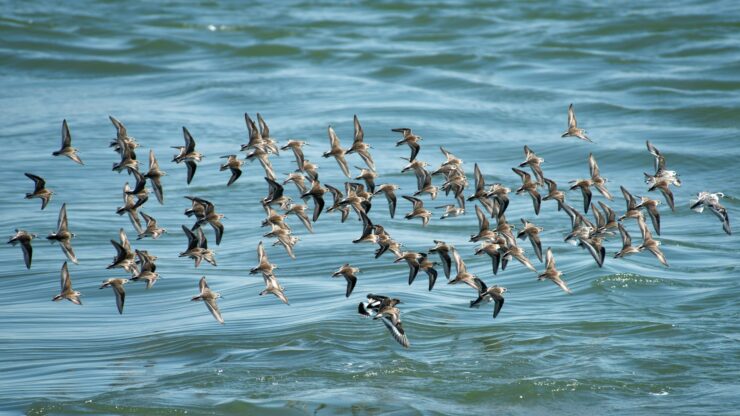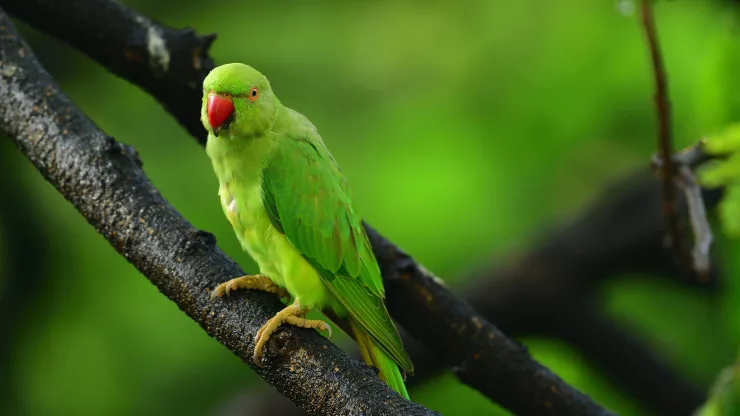As the world becomes more urbanized, the effects of human activity on wildlife continue to be a growing concern.
One of the lesser-known, but equally harmful impacts of urbanization is light pollution.
Light pollution refers to the excessive and unnecessary use of artificial light, which can disrupt the natural environment and negatively impact wildlife.
In this article, we will explore the harmful effects of light pollution on urban wildlife and how we can help mitigate its impact.
Jump to Section
Shedding Light on Urban Wildlife
Urbanization has led to the growth of cities, which in turn has led to the increase in artificial lighting to illuminate streets, buildings, and public spaces.
This artificial light can have detrimental effects on urban wildlife, particularly nocturnal animals who rely on darkness to navigate, hunt, and reproduce.
Light pollution can interfere with the natural circadian rhythms of animals, affecting their ability to sleep and migrate.
It can also attract predators and prey alike, creating a disturbance in the natural balance of ecosystems.
Birds are particularly vulnerable to light pollution, as they use the stars to navigate.
The artificial light can disorient them, causing them to fly off course, collide with buildings, and even abandon their nests.
Studies have shown that migrating birds that fly through urban areas with high levels of light pollution can become exhausted, which in turn makes them more susceptible to predation and other threats.
Light pollution also indirectly affects bird populations by disrupting insect populations, which birds rely on as a food source.
The Inspiring Truth About Light Pollution’s Harm on Wildlife
Despite the harmful effects of light pollution on wildlife, there is hope. Communities can implement simple measures to reduce light pollution and mitigate its impact on wildlife.
For example, using shielded light fixtures can direct light downward, reducing the amount of light that is wasted and preventing it from interfering with wildlife.
Installing motion sensors can also reduce light pollution by only illuminating areas when they are in use.
Individuals can also do their part to reduce light pollution by turning off unnecessary lights, installing curtains or blinds to block out external light, and using low-wattage bulbs.
By making these simple changes, we can help minimize the effects of light pollution on urban wildlife and promote a healthier environment for all.
In conclusion, light pollution is a growing concern for urban wildlife. The use of artificial light can disrupt natural ecosystems, disorient animals, and interfere with their natural behavior.
However, by implementing simple and effective measures, we can help reduce light pollution and minimize its impact on wildlife.
Every individual has the power to make a difference and promote a healthier environment for all.
I’m a nature enthusiast and creator of Metro Wilds and have spent years exploring the great outdoors.
With a passion for environmental conservation and sustainability, I have dedicated my career to writing about the beauty and wonders of nature, as well as the threats facing our planet.
Contact me at [email protected] for assistance.





